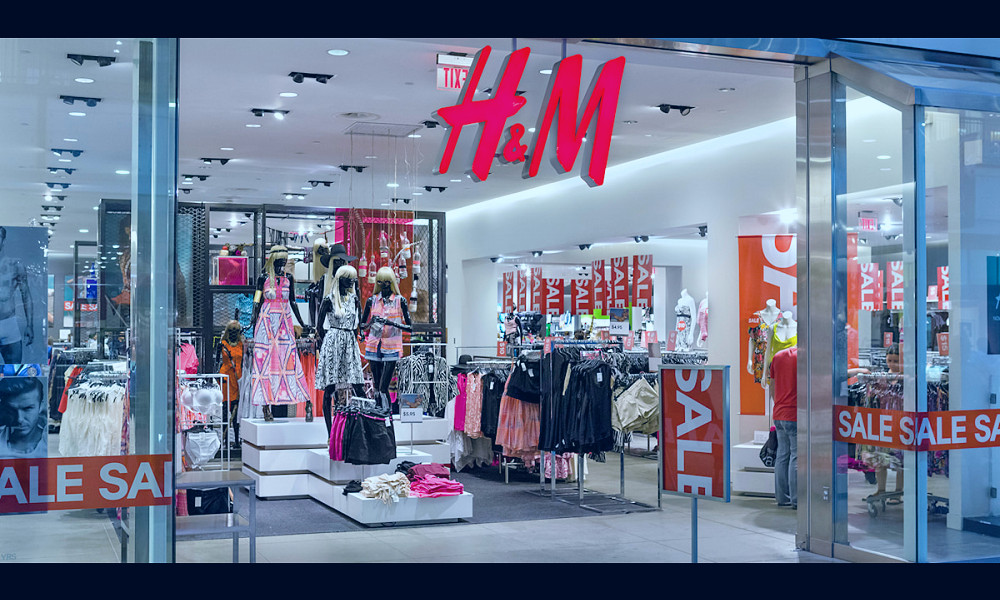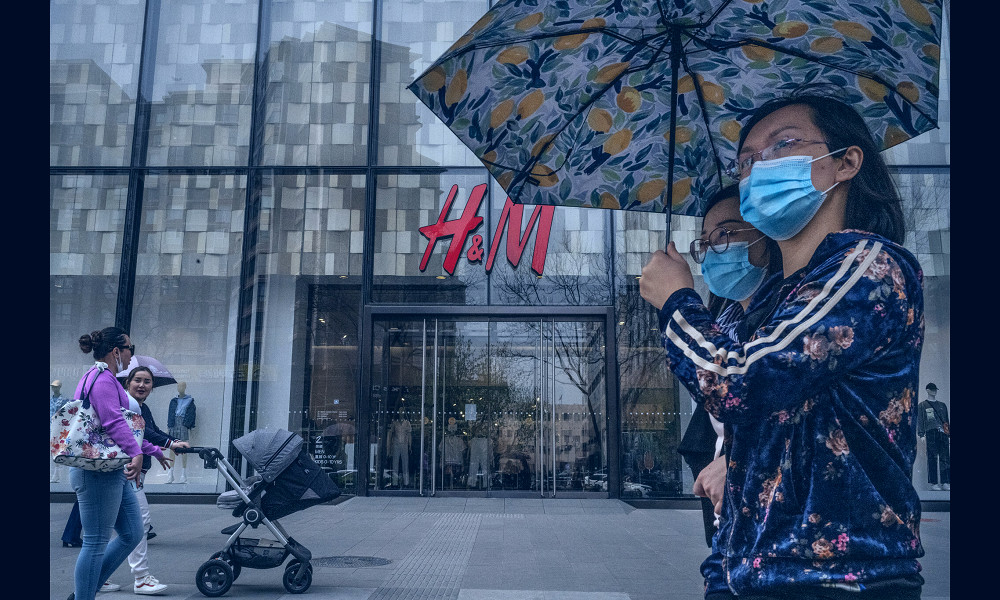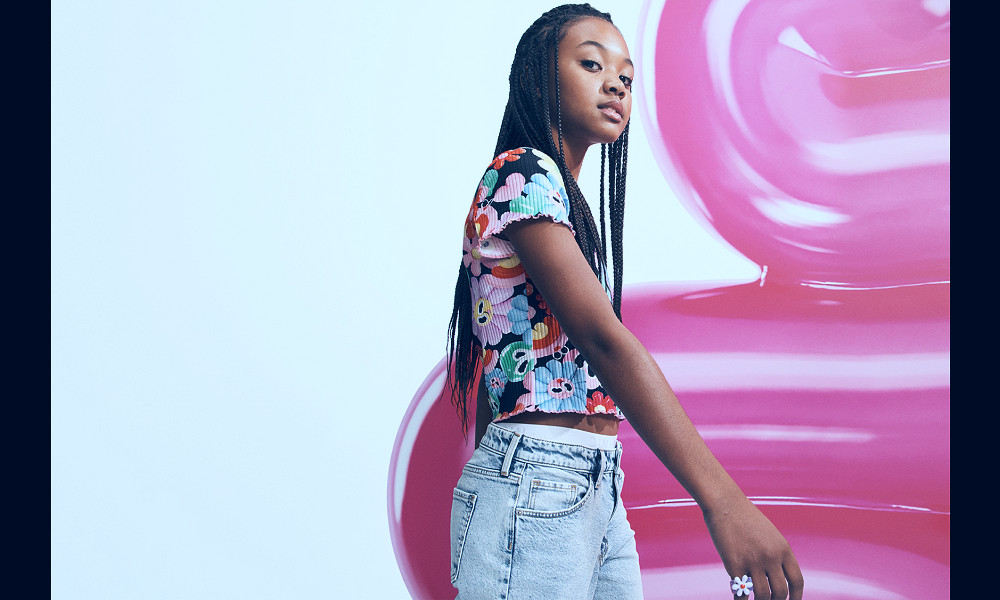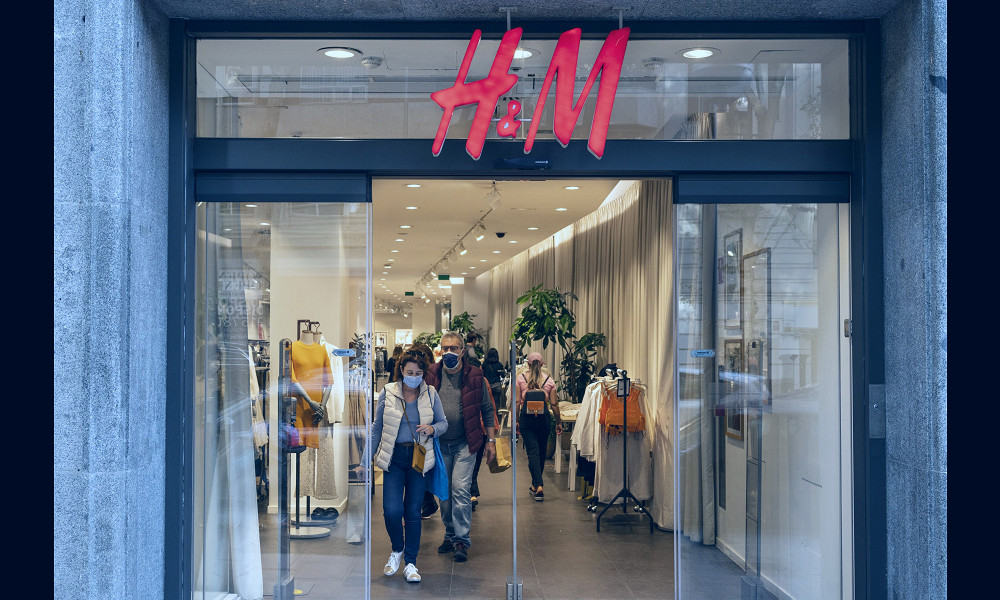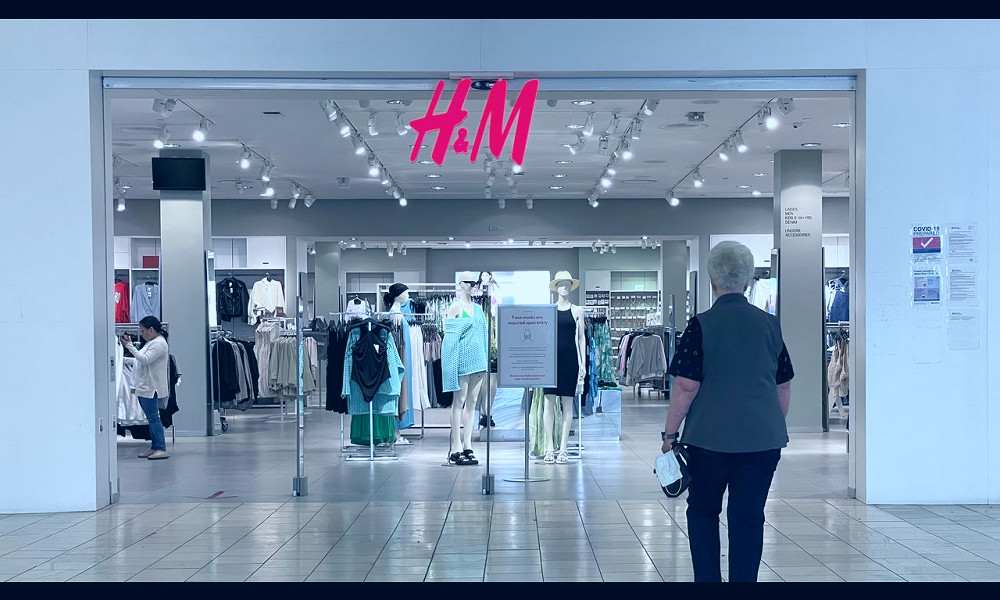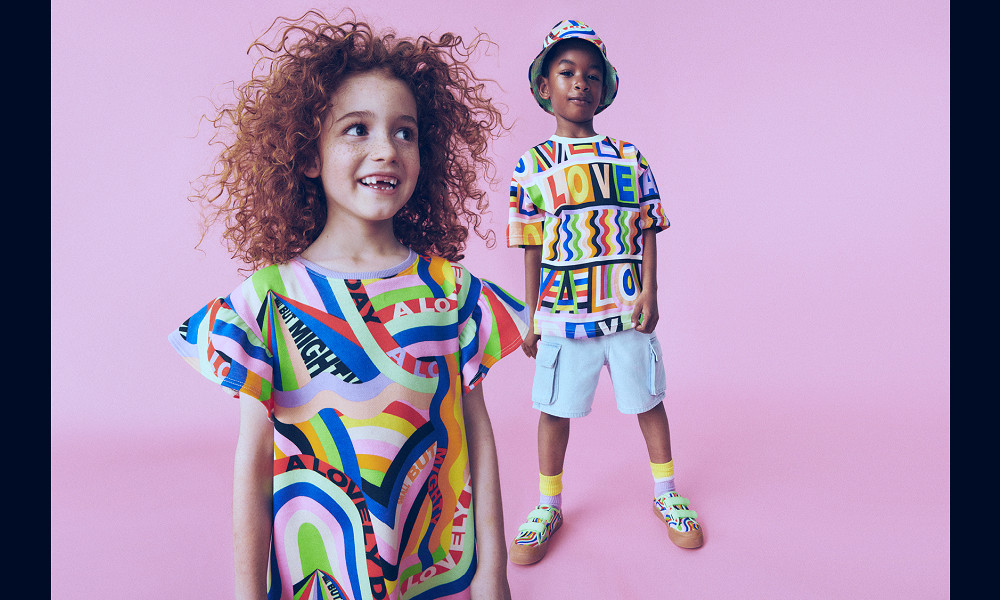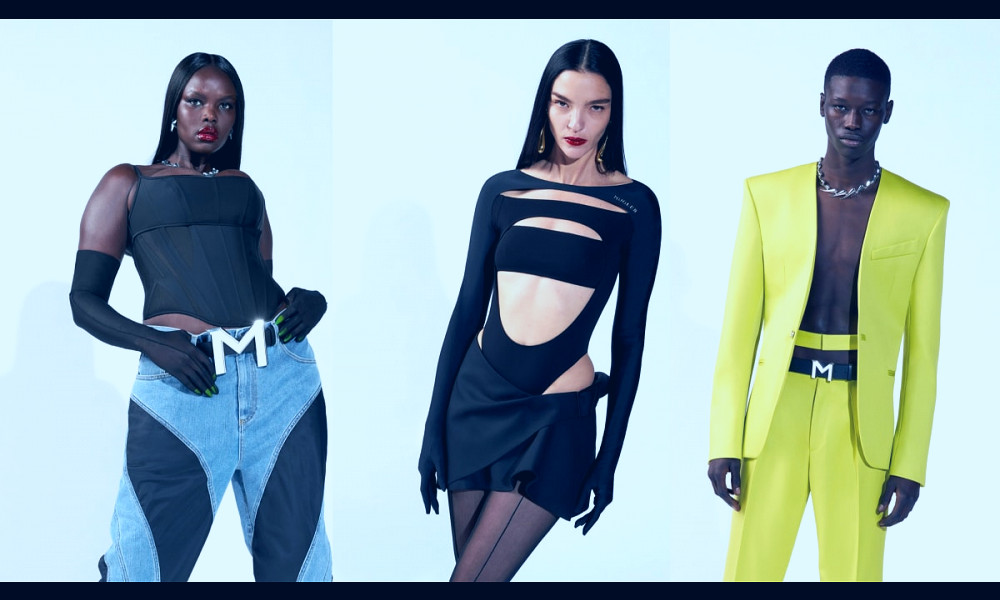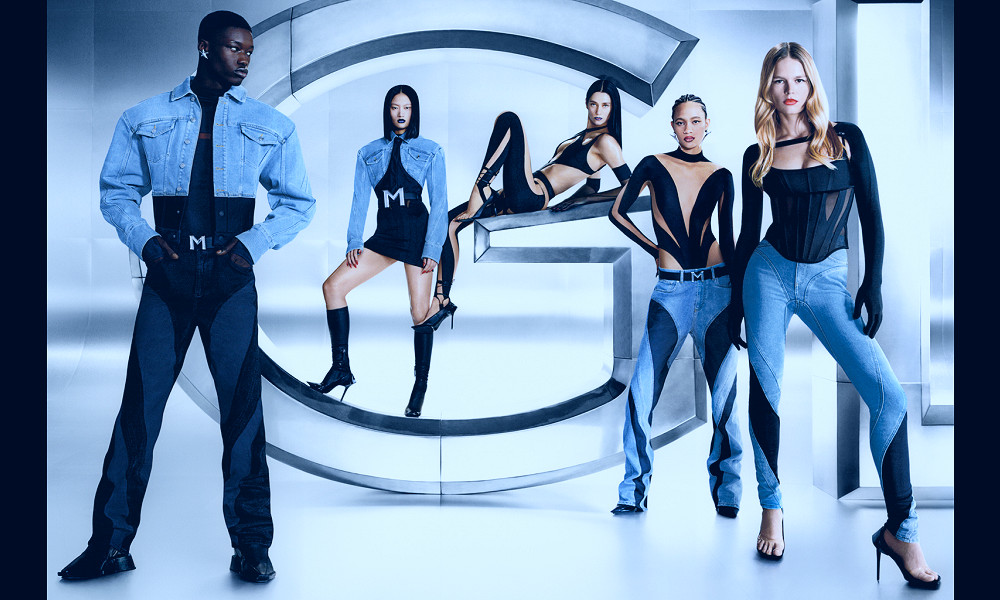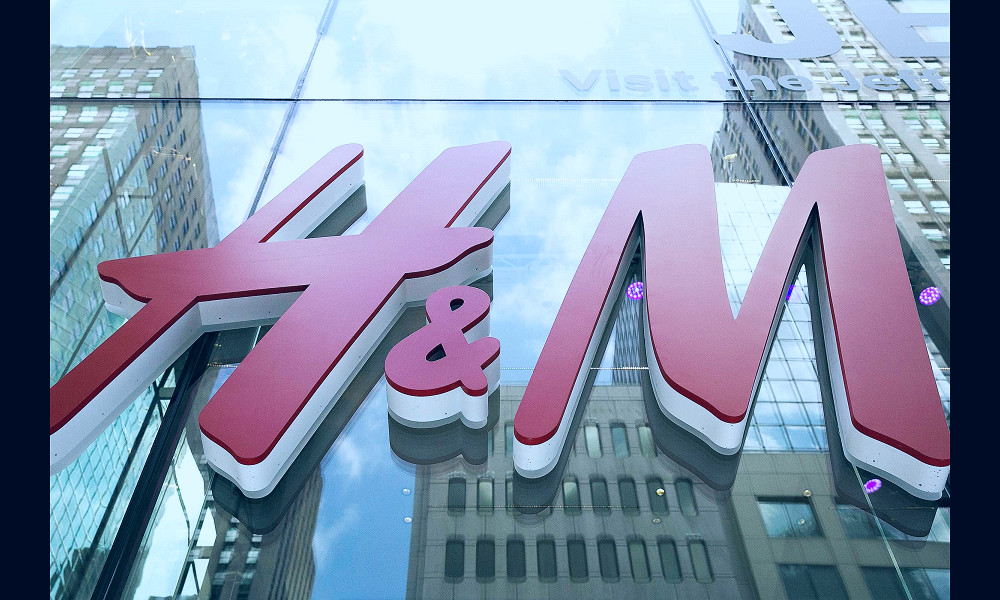
Revamp Your Wardrobe with H&M: Affordable Fashion that Never Compromises on Style
H&M, a globally recognized fashion brand, offers high-quality clothing, accessories, and footwear for men, women, and children. Known for its stylish, up-to-date designs and affordable prices, H&M makes it possible for everyone to dress fashionably. Their commitment to sustainability, through recycling initiatives and conscious collections, makes H&M not just a popular choice, but a responsible one.
| Brand Name | H&M (Hennes & Mauritz AB) |
| Industry | Retail |
| Founded | 1947 |
| Founder(s) | Erling Persson |
| Headquarters | Stockholm, Sweden |
| Area Served | Worldwide |
| Products | Clothing, Accessories, Footwear, Cosmetics |
| Subsidiaries | COS, Monki, Weekday, & Other Stories, Cheap Monday, ARKET |
| Key People | Helena Helmersson (CEO), Stefan Persson (Chairman) |
| Website | www.hm.com |
| Revenue (2020) | SEK 187,031 million |
| Number of Employees (2020) | 153,000 |
| Number of Locations (2020) | 5,000 shops in 74 countries |
| Sustainability Initiatives | Garment Collecting program, Conscious Collection |
| Parent | H&M Group |
| Publicly Traded | Yes, Stockholm Stock Exchange (HM B) |
| Business Model | Fast Fashion |
| Customer Base | Men, Women, Teenagers, Children |
| Styles Offered | Casual, Trendy, Classic, Sportswear, Maternity, Plus Size, Sustainable |
| Awards | World's Most Ethical Companies by Ethisphere Institute (2020) |
Brand Reputation
H&M is a brand known internationally for its trendy and affordable fashion. With its roots in Sweden, H&M has grown to have a presence in 74 countries with over 5,000 stores, indicating a strong brand reputation and popularity among consumers worldwide. Read more
Style Diversity
One of H&M’s biggest strengths is its diverse range of styles. Whether it's casual, business, or party wear, H&M has options that cater to different tastes, occasions, and age groups, making it a one-stop-shop for all your fashion needs. Read more
Affordable Pricing
H&M offers high street fashion at affordable prices. This allows customers to stay on trend and update their wardrobe regularly without breaking the bank. Their price point is a major factor in their global success, appealing to a wide range of consumers. Read more
Sustainable Fashion
H&M is committed to becoming 100% circular and climate positive by 2030. They have a "Conscious Collection" that uses sustainable materials like organic cotton and recycled polyester, making H&M a great choice for eco-conscious shoppers. Read more

Size Inclusivity
H&M believes in fashion for all, and this is reflected in their inclusive size range. They cater to a wide variety of body sizes and shapes, ensuring that everyone can find something that fits and flatters them. Read more
Collaborations and Collections
H&M frequently collaborates with high-end fashion designers and celebrities to offer limited-edition collections. This allows customers to own designer pieces at a fraction of the cost, bringing luxury fashion to the masses. Read more
Quality Assurance
Despite their affordable prices, H&M does not compromise on quality. Their clothing is made to withstand regular wear and washing, ensuring that customers get value for their money. Read more
Easy Shopping Experience
Whether you prefer to shop in-store or online, H&M offers a seamless shopping experience. Their website is easy to navigate, they have a useful app, and their physical stores are laid out intuitively, making shopping at H&M a breeze. Read more

Customer Service
H&M prides itself on its excellent customer service. Their staff is always ready to help, whether it's finding a specific item, offering style advice, or handling returns and exchanges. Read more
Reward Program
With the H&M Loyalty Program, customers can earn points on their purchases, get exclusive offers, and have early access to sales. This reward system not only encourages repeat purchases but also enhances the overall shopping experience. Read more
Facts
1. A Humble Start:The famous Swedish retail clothing company, H&M, actually started out as a women's clothing store named Hennes in 1947. It wasn't until 1968 when the founder, Erling Persson, acquired a hunting apparel and fishing gear retailer named Mauritz Widforss, that the company expanded to include menswear and changed its name to Hennes & Mauritz, or H&M.
2. Eco-friendly Initiatives:
H&M has made a commitment to become 100% circular and climate positive by 2030. This means that they aim to only use recycled or other sustainably sourced materials in their products, and to reduce more greenhouse gas emissions than their value chain emits.
3. Global Reach:
With more than 4,500 stores in 69 countries worldwide, H&M is considered the second largest global clothing retailer, just behind Zara. The brand is known for its fast-fashion clothing for men, women, teenagers, and children.
4. Designer Collaborations:
H&M is famous for its collaborations with well-known designers and brands, providing high fashion at affordable prices. Some of the big names include Karl Lagerfeld, Versace, Alexander Wang, and Balmain. These collaborations have been highly successful, often selling out within minutes of release.
5. Garment Collecting:
In 2013, H&M launched a global garment collecting initiative, the first of its kind. Customers can drop off unwanted garments - of any brand and in any condition - in all H&M stores across the globe. The aim is to reduce the environmental impact of fashion by preventing textile waste and promoting recycling.
6. World's Largest User of Organic Cotton:
H&M holds the title of being the world’s largest user of organic cotton. This is part of their commitment to sustainable fashion and eco-friendly initiatives.
7. Online Presence:
H&M launched their online store in 2006, which is now available in 33 countries. This has allowed the brand to reach an even larger audience and provide customers the convenience of shopping from home.
8. Charitable Works:
The H&M Foundation was established in 2007 with the aim to drive long-lasting positive change and improve living conditions by investing in people, communities, and innovative ideas. The foundation has donated millions to various charities around the world.
9. Expanding Portfolio:
Apart from H&M, the H&M Group also includes several other well-known brands such as COS, Monki, Weekday, & Other Stories, Cheap Monday, ARKET and Afound. Each brand caters to a specific market segment, offering a variety of styles and price points.
10. Employee Benefits:
H&M is committed to providing a fair living wage to all their employees by 2018. They also offer a benefits package that includes health insurance, retirement plans, paid time off, and employee discounts.
Read more
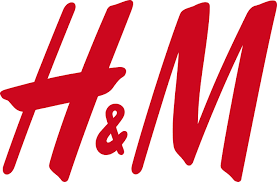 H&M - Wikipedia
H&M - Wikipedia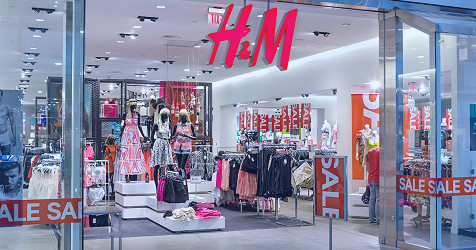 H&M is fixing women's sizing to be more
H&M is fixing women's sizing to be more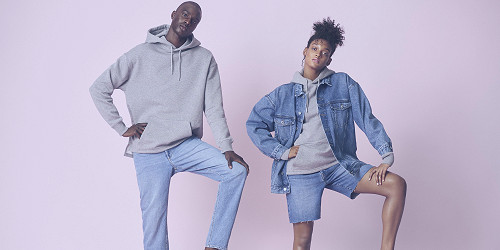 H&M Is Launching a Unisex Collection - H&M Denim United Line
H&M Is Launching a Unisex Collection - H&M Denim United Line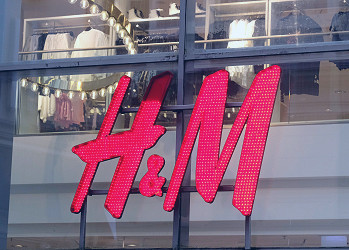 H&M sales soar but shares slip on wider Ukraine impact concern | Reuters
H&M sales soar but shares slip on wider Ukraine impact concern | Reuters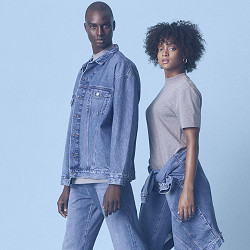 H&M Is Launching a Unisex Collection - H&M Denim United Line
H&M Is Launching a Unisex Collection - H&M Denim United Line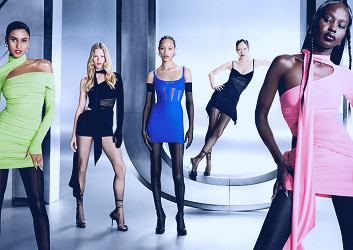 The Mugler H&M Collection Is Here at Last— & It's a Fashion Revolution - E! Online
The Mugler H&M Collection Is Here at Last— & It's a Fashion Revolution - E! Online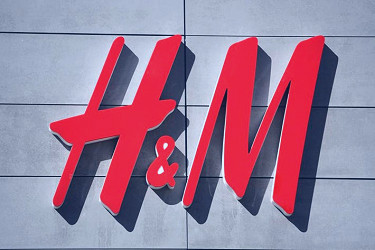 H&M Case Shows How Greenwashing Breaks Brand Promise
H&M Case Shows How Greenwashing Breaks Brand Promise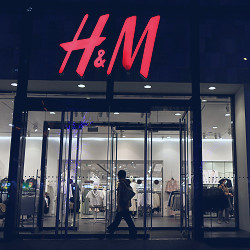 H&M Faces a Boycott in China Over Statement on Uyghurs - The New York Times
H&M Faces a Boycott in China Over Statement on Uyghurs - The New York Times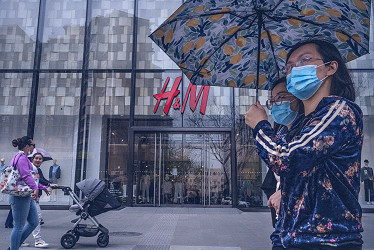 H&M and Other Brands Face Backlash From Chinese Consumers - The New York Times
H&M and Other Brands Face Backlash From Chinese Consumers - The New York Times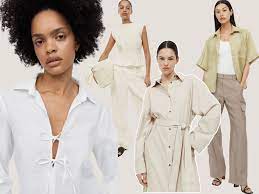 I Want Everything From H&M's Minimalist Summer Collection | Who What Wear UK
I Want Everything From H&M's Minimalist Summer Collection | Who What Wear UK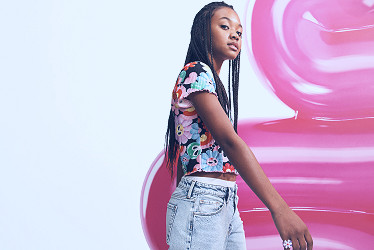 H&M x Eva Cremers | H&M US
H&M x Eva Cremers | H&M US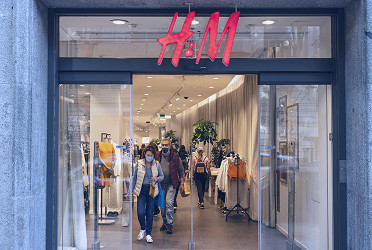 Swedish fashion giant H&M to cut 1,500 jobs in cost-saving drive | Daily Sabah
Swedish fashion giant H&M to cut 1,500 jobs in cost-saving drive | Daily Sabah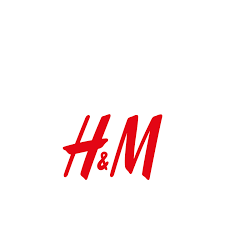 H&M - Home | Facebook
H&M - Home | Facebook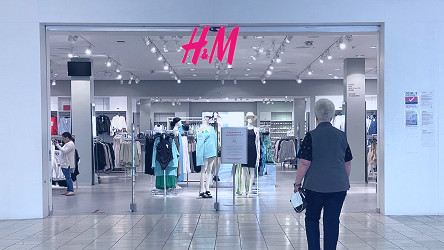 H&M Profit Battered by Rising Costs, Russia Exit - WSJ
H&M Profit Battered by Rising Costs, Russia Exit - WSJ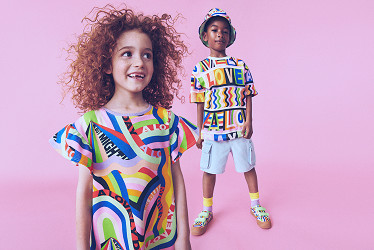 H&M | Online Fashion, Homeware & Kids Clothes | H&M US
H&M | Online Fashion, Homeware & Kids Clothes | H&M US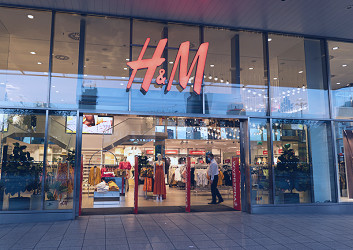 H&M sued over “misleading” marketing | Fashion & Retail News | News
H&M sued over “misleading” marketing | Fashion & Retail News | News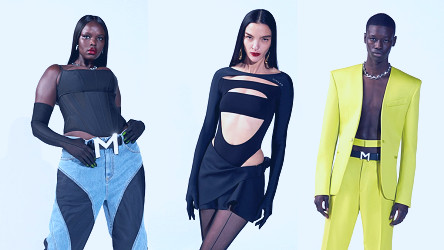 The Full H&M x Mugler Lookbook Is Here - Fashionista
The Full H&M x Mugler Lookbook Is Here - Fashionista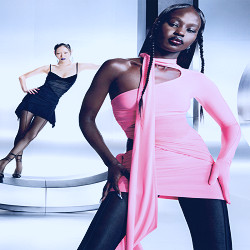 Mugler H&M | H&M SG
Mugler H&M | H&M SG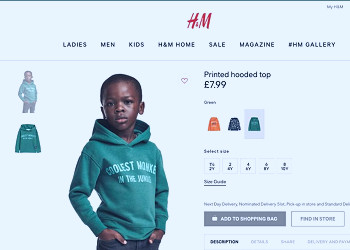 H&M slammed as racist for 'monkey in the jungle' hoodie
H&M slammed as racist for 'monkey in the jungle' hoodie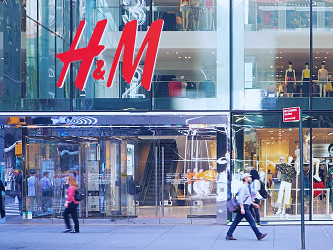 H&M to Start Selling External Brands in Its Stores
H&M to Start Selling External Brands in Its Stores 